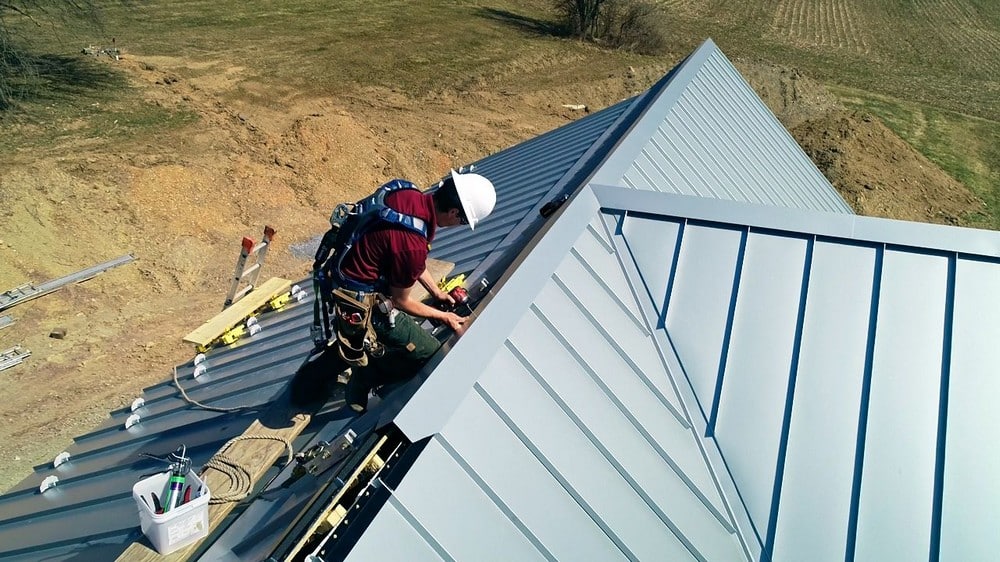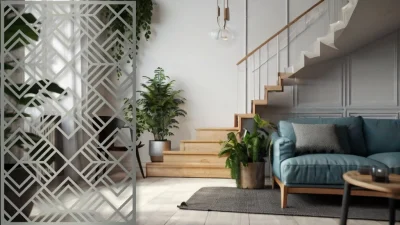
A complete construction project is made up of multiple factors, including the foundation, walls, siding, and roof. Many experts argue that the roof is the most important part of the construction project, requiring careful planning. Here are a few reasons why the roof is integral to your construction project.
Protects Your Building From the Elements
The roof protects the building and its different components from the elements, whether rain, snow, wind, or rain. Buildings located in high-risk weather areas require more structurally sound roofs. The roof can protect the building’s interior from tornadoes or hurricanes.
In addition to the rest of the building’s elements, the roof protects the home’s attic. Even minimal roof repair needs can cause leaking into the attic, which can lead to expensive water damage or mold growth. For the best protection, it’s important to focus on quality roofing from the initial build. Of course, routine maintenance and repairs are also necessary for safety.
Provides Safety
A well-constructed roof protects not only the interior components and features of a building but also the residents. Whether a residential or commercial building, a properly built or repaired roof keeps employees or residents safe. The roof’s structural integrity also impacts everyone’s safety in certain weather conditions.
Buildings located in states prone to disastrous weather may need additional design elements to add another layer of safety. For example, hurricane-proof roofing materials may be necessary in the south, and fire-resistant materials in California’s northern cities. The unique safety needs of the roof are based on location, and size should be evaluated before beginning a project.
Controls Heating and Cooling Costs
The roof is also important in controlling heating and cooling costs in a building. The roof stops heat from escaping during winter and cool air during summer. A poorly built roof can lead to expensive heating and cooling bills. Even worse, it can lead to inefficiency, making it difficult to maintain a comfortable building environment.
Some construction companies are moving toward energy-efficient roofing designs. Certain roof design elements can maximize efficiency. For example, cool roofs are designed to absorb less sunlight and reflect heat. Flat roofs can also help keep heating and cooling costs lower through a seamless design that doesn’t trap sunlight. Today’s designs even allow property owners to choose roofs that perfectly combine style with functionality and durability. Construction crews play an important role in helping today’s property owners choose the best roofs.
Maintains Property’s Resale Value
A building’s roof is also an integral part of resale value. One of the first things buyers consider is the condition and repair needs of a roof. A property requiring many roof repairs or a full roof replacement may lead to a lower offer price. In some cases, it can even lead to a potential sale falling through.
Construction Project Roof – To Repair or To Replace?
The decision to repair or replace a roof is common among property owners, and construction professionals can help guide the best choice. When considering repair versus replacement, it’s important to evaluate the elements listed here and gauge how well the existing roof is performing these tasks.
For example, is the roof, in its current condition, protecting the building’s elements and residents? Does it help control heating and cooling costs? Does it help or hurt the property’s resale value? Will repairs help achieve these goals better?
Of course, it’s also important to consider the cost of repairs versus replacement. Some roof repairs can get costly, making it worth considering a full replacement. Certain tools and devices can make roof repairs more affordable, though, allowing property owners to extend the time to a new roof.
For example, a metal roof ridge vent repairs minor ventilation issues. They’re made with durable materials that can sustain high winds and snow. Ridge vents also make metal roof repairs possible. They’re also easy to place and can save construction crews a lot of time.
The roof type may also impact the best decision on whether to repair or replace. Some roofs are easier to repair, including asphalt shingle roofs. Other roofs, such as metal, may be more durable but more difficult to repair. As with any large purchase, it’s necessary to compare the pros and cons of each roof material type.
Whether planning a residential or commercial design, the roof is arguably the most important part of your project. The roof protects the building and its residents from the elements while also offering a protective barrier against the weather. The roof’s condition can also affect the resale value of a property.








